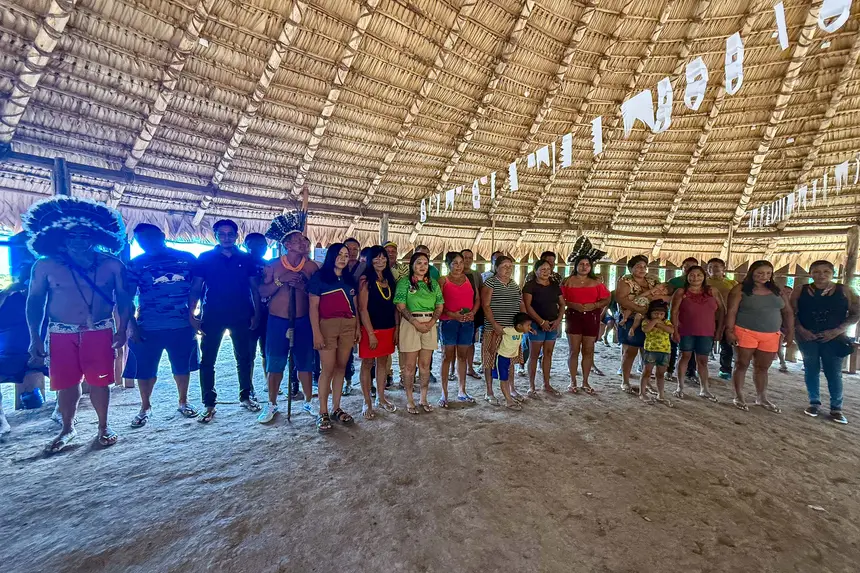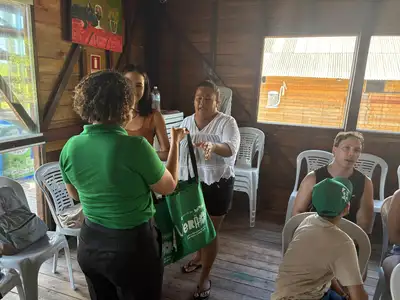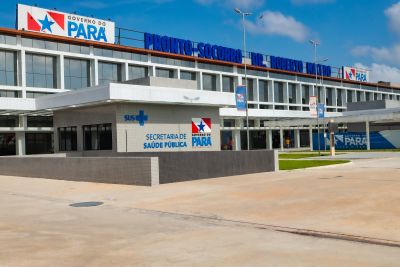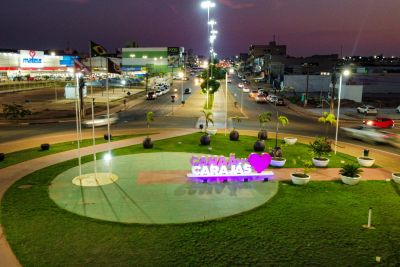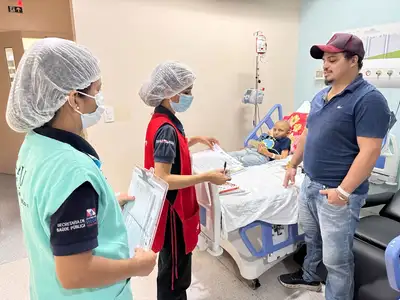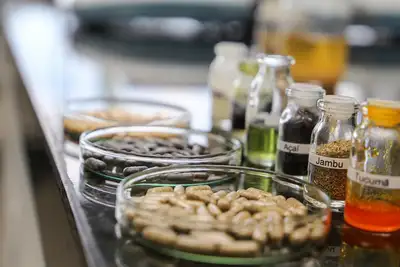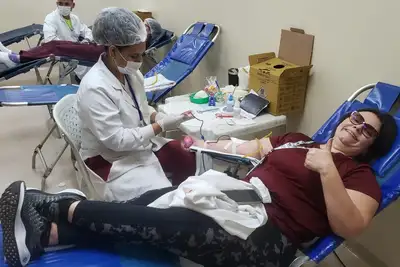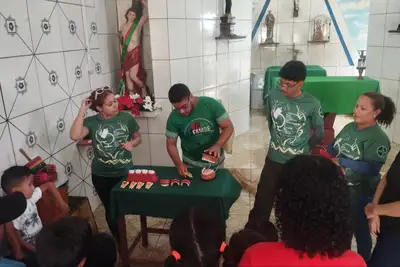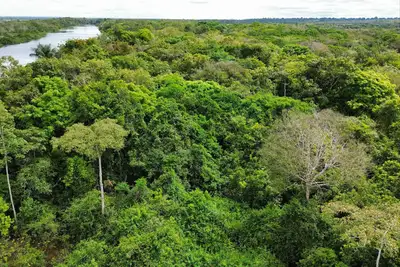Indigenous Peoples Caravan Towards COP 30 Begins in Oriximiná
The Secretariat of Indigenous Peoples gathers 16 indigenous peoples in the Kaxuyana-Tunayana land, a reference in socio-environmental protection in the Brazilian Amazon
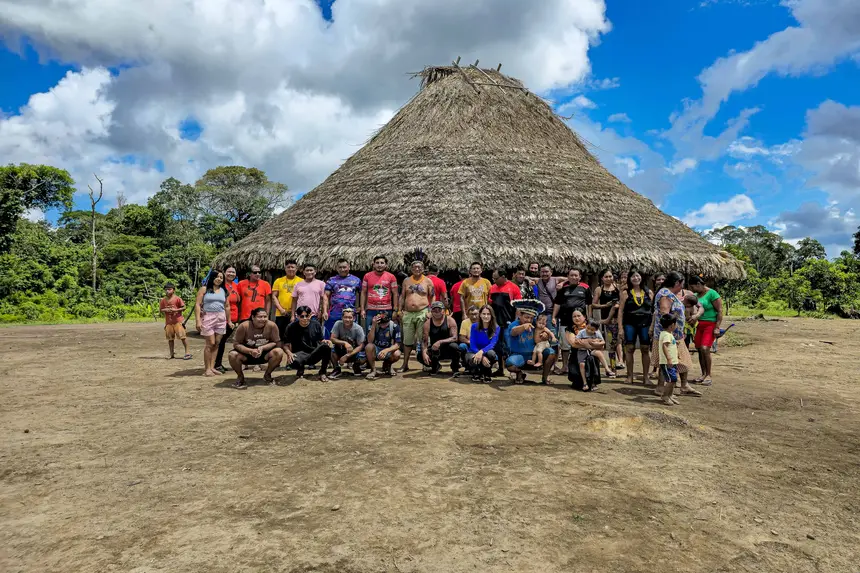
The State Secretariat of Indigenous Peoples (Sepi) started this week the new phase of the Indigenous Peoples Caravan Towards COP 30, with activities held in the Cumaru village, in the Kaxuyana-Tunayana Indigenous Land, in the Lower Amazon integration region, western Pará. The territory is located in a forested area that crosses the territories of Roraima, Pará, and Amapá.
The opening of the Caravan marked a unique meeting between the leaders of about 16 indigenous peoples from the ethnoregion of Oriximiná, at a time of strengthening territorial governance, building knowledge, and articulating for indigenous participation in the 30th UN Conference on Climate Change (COP 30), which will be held in Belém in November this year.
“The carbon is here, and the standing forest is our life. We are preserving thousands of hectares for the good of the world. We want to take care of our nature because without it there is no life,” said Nilson Wai Wai, vice president of the Association of Indigenous Peoples of the Mapuera River (Apin-Mapuera Village).
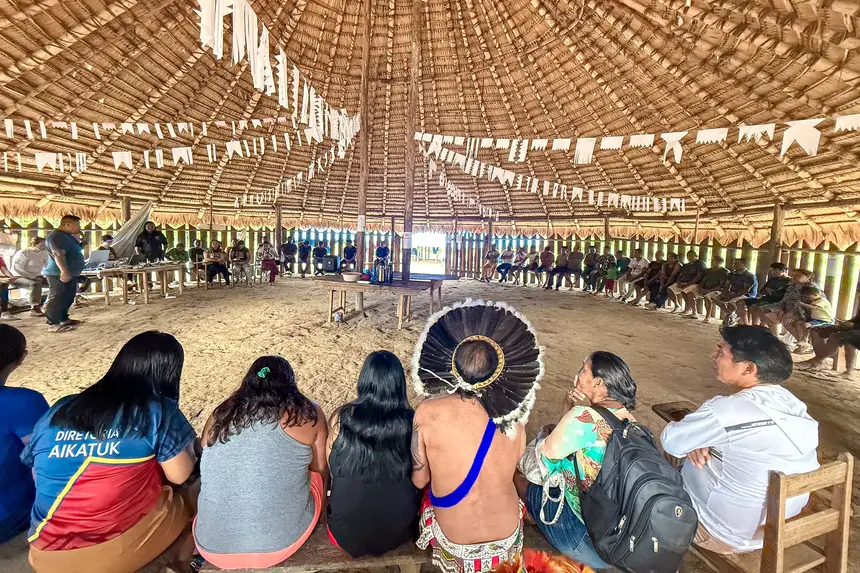
The Kaxuyana-Tunayana Indigenous Land is part of the Wayamú Territory, an area rich in sociobiodiversity, with more than a dozen records of isolated indigenous peoples, located between the Cachorro, Trombetas, and Mapuera rivers and their tributaries. In this Territory live the Hexkaryana, Wai Wai, Kahyana, Katxuyana, Inkarïyana, Katwena, Tunayana, Xerew, Parukwoto, Mawayana, Txikyana, Xowyana, Mînpoyana, Caruma, Karapawyana, Yukwariyana, Okoymoyana, and other peoples.
The Caravan features activities such as dialogue circles, training workshops, intergenerational debates, and active listening spaces, with participation from youth, women, and elders. “I am participating in this Caravan, which is very important for us. We are learning what COP 30 is because we did not know it before. We want to participate, listen to the people who came in this Caravan, exchange ideas, and learn more. I am here to learn, and I know everything will work out. This is how we move forward, together and strengthened,” said Marluce Mura, leader of the indigenous women of the Wai Wai People - Mapuera Village.
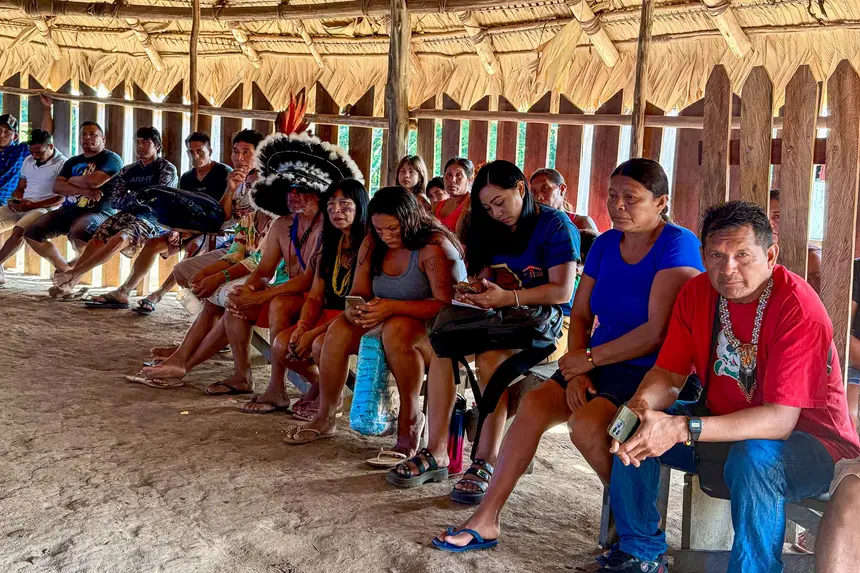
Goals and Challenges - The first day of the event addressed the context and importance of COP 30, organization of the conference, flow of accreditation for indigenous participation, objectives and goals of the conference, proposals and claims of indigenous peoples, and the challenges faced by leaders in the territories.
“The Caravan is built from the territories. It is a space for indigenous peoples to develop their proposals based on their realities. It is a movement of strengthening, cultural affirmation, and indigenous presence in decision-making spaces,” emphasized the State Secretary of Indigenous Peoples, Puyr Tembé.
The realization of the Caravan in the Wayamu Territory also has strong symbolic significance. The region is one of the most preserved in the Amazon. Indigenous presence and community organization are concrete barriers to environmental degradation and the basis for policies of socio-bioeconomy, food sovereignty, and climate governance.
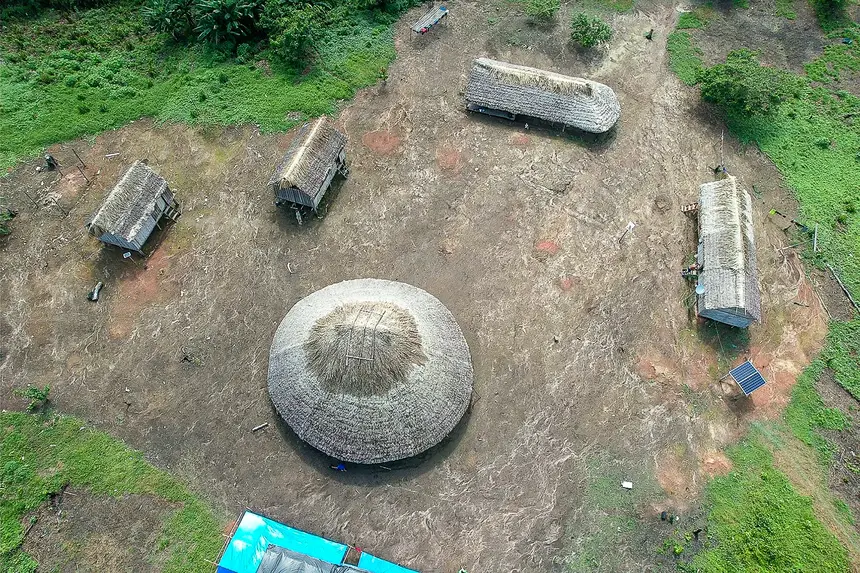
“We came to participate in this great meeting, the Indigenous Peoples Caravan for COP 30, which is very important. Here, many of us discuss, dialogue, and exchange information with the Sepi team. This is fundamental. We are in the heart of the Amazon, preserving thousands of hectares of forest, which is essential for us, for our children, and for future generations. In this Caravan, several leaders and associations are present. We bring our proposals, clarify doubts, and reaffirm that we, the indigenous peoples, are the true guardians of the tropical forest,” emphasized Nilson Wai Wai.
The Indigenous Peoples Caravan Towards COP 30 travels through the eight ethnoregions of the State, in an unprecedented process of territorial mobilization and indigenous articulation for the largest climate conference in the world.
Text: Jaelta Souza - Ascom/Sepi


